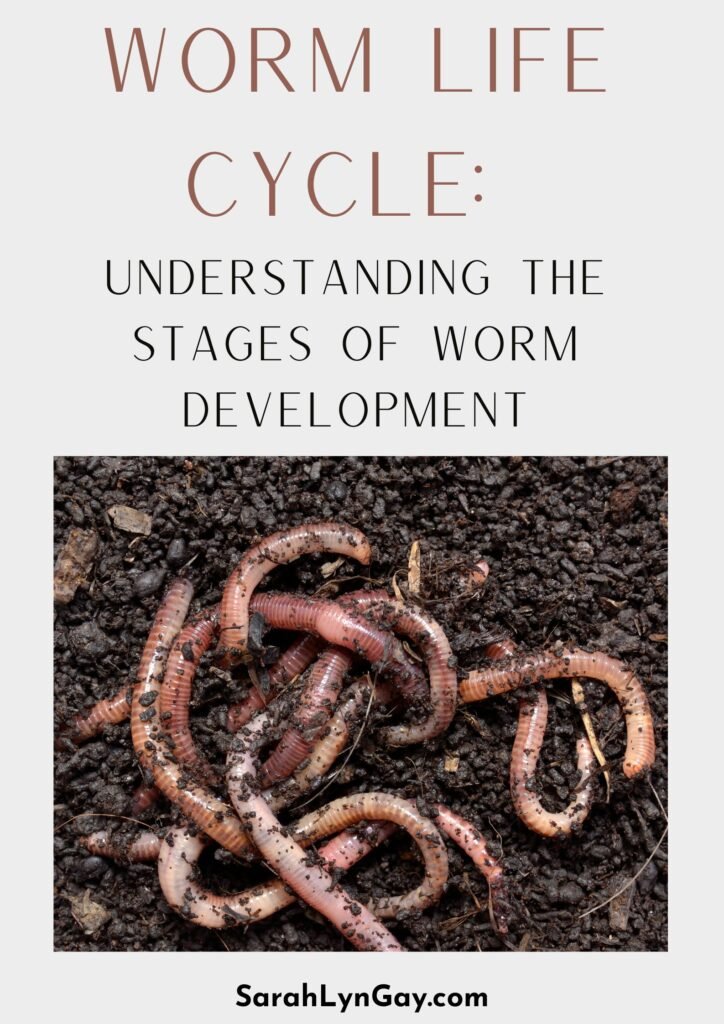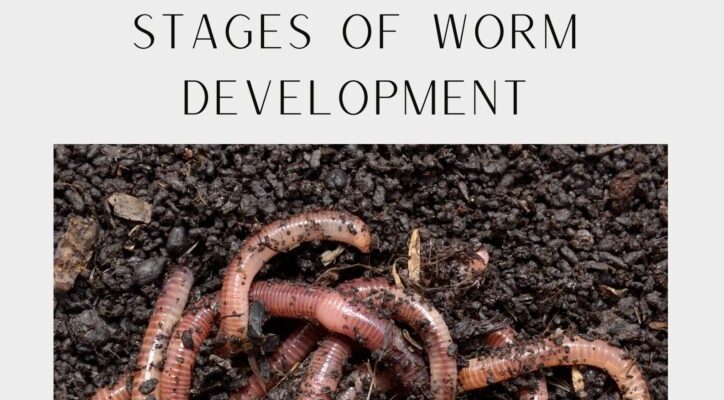
Wolf worms rely on different animals to complete their life cycle, and each host species influences how quickly these larvae develop. In a way, it’s a bit like how different people progress on their own journeys—some take their time, while others are quick to move forward. So, let’s dive into the specifics of wolf worm development timelines by host species and see what makes each one unique.
What Are Wolf Worms?
First, let’s break down what wolf worms really are. These parasites are the larvae of botflies that get into the bodies of various mammals. They enter through the skin and develop inside, feeding on the host’s tissues. It sounds gruesome, right? But it’s a common part of nature’s circle of life.
Wolf worms are particularly infamous for their association with animals like rabbits, squirrels, and even domestic pets. These larvae can cause a range of health issues, including infections. You might think of them as unwelcome guests that overstay their welcome. Understanding their life cycle helps people know when to act, especially when it comes to our furry friends.
The Life Cycle of a Wolf Worm
The life cycle of a wolf worm is quite remarkable. It starts with an adult female botfly laying her eggs on the host animal. Once the eggs hatch, the tiny larvae burrow into the host’s skin. From there, they grow and develop while relying on the host for nourishment.
Here’s how it generally unfolds:
- Egg Stage: The adult botfly lays eggs, usually when the host is resting on the ground.
- Larvae Stage: After hatching, the larvae penetrate the skin and develop within the host.
- Pupal Stage: Once mature, the larvae exit the host to pupate in the soil, eventually emerging as adult botflies.
Each stage of the life cycle has its own timeline, and these can vary significantly depending on the host species.
Development Timelines by Host Species
The timeline for wolf worm development can differ quite a bit based on which animal they’re cozying up to. Here are some common host species and their associated timelines:
Rabbits
Rabbits are often favored hosts for wolf worms. The general timeline goes something like this:
– Eggs hatch in approximately 3-10 days.
– Larvae develop inside the rabbit for about 3-4 weeks.
So, if a rabbit gets infected, you could be looking at a total of about a month from the moment the eggs hatch to when the larvae exit. Unfortunately, this can lead to a lot of discomfort for the rabbit, not to mention potential health issues.
Squirrels
Squirrels are another common host. Their development timeline is slightly different:
– Eggs take about 5-12 days to hatch.
– Larvae stay inside for 4-6 weeks.
That means if a squirrel becomes infested, it might be dealing with those pesky larvae for over a month and a half! You might be wondering how this impacts the squirrel’s health; it can lead to infection if not addressed.
Dogs and Cats
Our four-legged companions can also fall victim to wolf worms. Here’s their timeline:
– Eggs hatch in about 5-14 days.
– Larvae persist for 3-5 weeks inside the pet.
It’s especially important for pet owners to keep an eye out for symptoms. If you notice your dog or cat acting strangely or showing signs of discomfort, it might be time for a vet visit.
Other Hosts
Other mammals, like raccoons or opossums, can also host wolf worms. Their timelines can vary but generally fall in line with the patterns we see in rabbits and squirrels:
– Eggs hatch in about 3-10 days.
– Larvae usually develop in about 4-6 weeks.
The specifics can depend on factors like the season and the individual animal’s health.
Why Understanding Development Timelines Matters
Knowing the development timelines of wolf worms is crucial for several reasons. For one, it can help wildlife enthusiasts and pet owners recognize when something’s wrong. Early detection means earlier treatment, which can significantly improve outcomes for affected animals.
Moreover, understanding how these parasites operate can inform conservation efforts. If certain animals are more susceptible to these infestations, it could affect their populations and ecosystems. It’s a reminder of the intricate balance of nature, where each species plays a role.
Preventing Wolf Worm Infestations
So, how can we prevent these pesky parasites from taking over? Here are a few tips:
- Maintain hygiene: For pets, regular grooming and cleaning can help spot any intruders before they get too cozy.
- Keep environments clean: For wildlife, efforts to keep habitats free of debris can reduce breeding grounds for botflies.
- Regular vet check-ups: If you have pets, regular check-ups can help catch infestations early.
By taking these steps, we can help keep our animal friends safe from wolf worms and the trouble they bring.
Understanding wolf worm development timelines by host species gives us a peek into a fascinating aspect of nature. From rabbits to squirrels and even our beloved pets, these parasites have unique paths of development that are affected by their hosts. Each timeline, while generally similar, shows how different animals can shape the experience of these intriguing creatures.
Keeping an eye out for signs of wolf worms can help us protect our animals and maintain the balance in our ecosystems. Remember, knowledge is power, and being informed is the first step to ensuring the health of our furry companions and the wild creatures around us.

